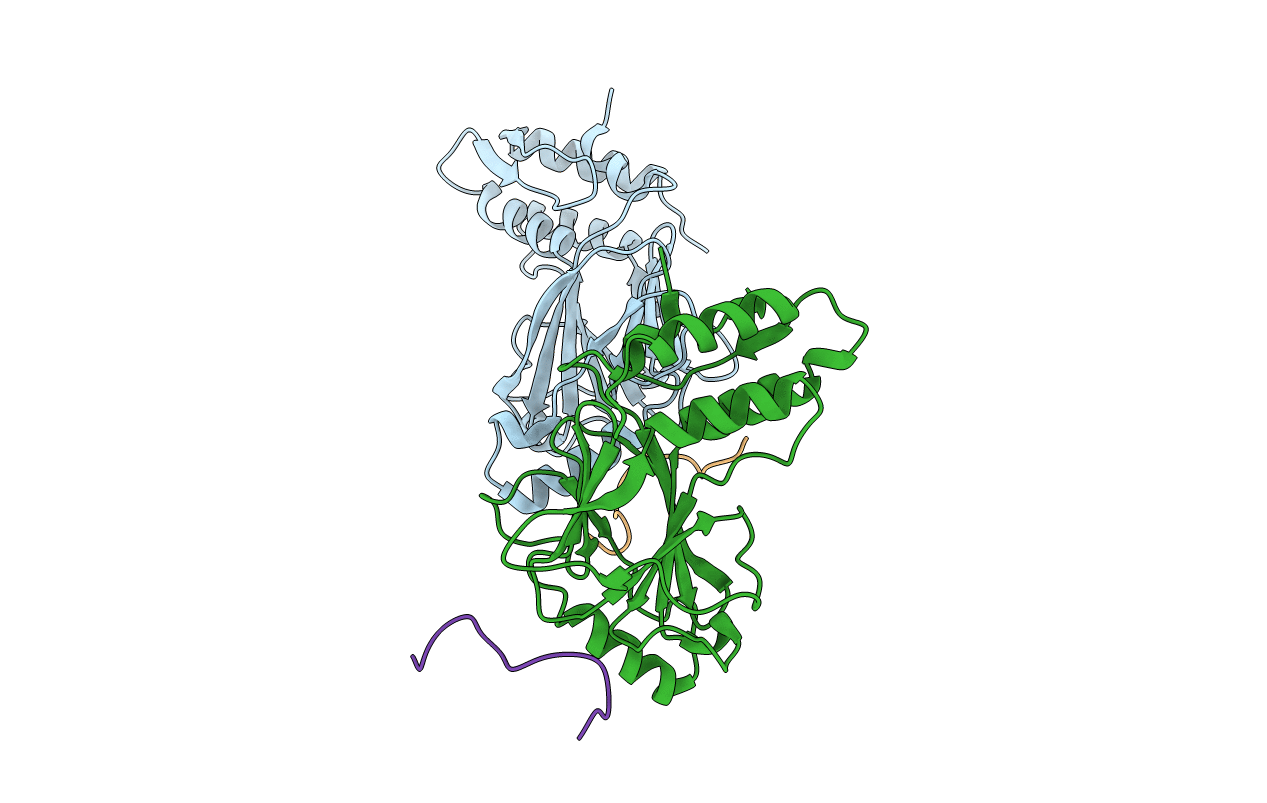
Deposition Date
2016-04-18
Release Date
2016-06-15
Last Version Date
2024-10-23
Method Details:
Experimental Method:
Resolution:
2.40 Å
R-Value Free:
0.25
R-Value Work:
0.18
R-Value Observed:
0.19
Space Group:
P 1 21 1


